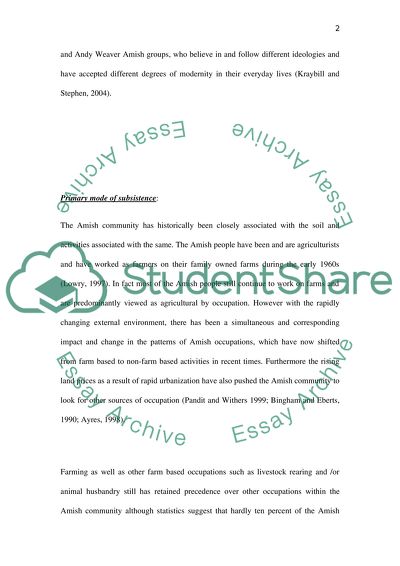Cite this document
(“Anthropology Research Paper - The Amish Example | Topics and Well Written Essays - 2000 words”, n.d.)
Retrieved from https://studentshare.org/anthropology/1443881-the-amish
Retrieved from https://studentshare.org/anthropology/1443881-the-amish
(Anthropology Research Paper - The Amish Example | Topics and Well Written Essays - 2000 Words)
https://studentshare.org/anthropology/1443881-the-amish.
https://studentshare.org/anthropology/1443881-the-amish.
“Anthropology Research Paper - The Amish Example | Topics and Well Written Essays - 2000 Words”, n.d. https://studentshare.org/anthropology/1443881-the-amish.


